VISIT
WHAT TO SEE
The U.S. National Arboretum is a world-class center for horticultural research, education, and innovation. It is a 451-acre collections-based research facility and public garden that sits on the shores of the Anacostia River in Northeast Washington, D.C. Over 700,000 people visit the National Arboretum each year. Its science has resulted in important plant introductions resistant to disease and pests that benefit our nation’s plant nursery landscape.
Established in 1927, the Arboretum is administered by the Agricultural Research Service (ARS) within the U.S. Department of Agriculture.
Arboretum Collections
In addition to the collections described below, the Arboretum contains striking collections of boxwoods, daffodils, daylilies, dogwoods, hollies, lilacs, magnolias, and maples.
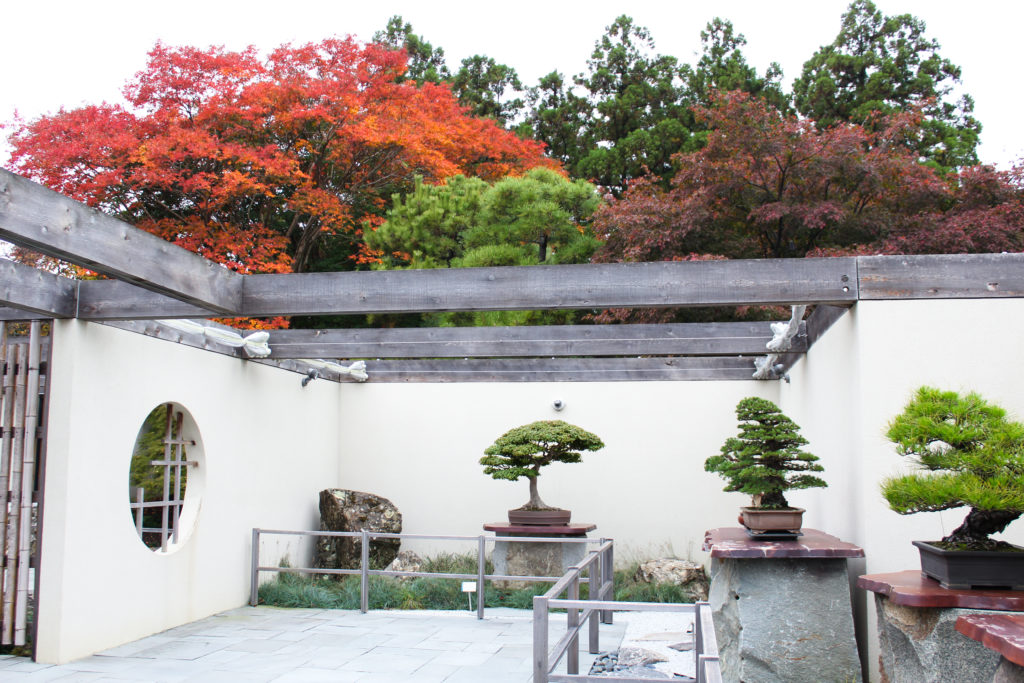
National Bonsai & Penjing Museum
This tribute to the history and beauty of bonsai is home of hundreds of bonsai trees, some of which are centuries old.

Introduction Garden
This garden showcases some of the many cultivars introduced by the National Arboretum and contains a koi pond that is a long-time favorite with kids.
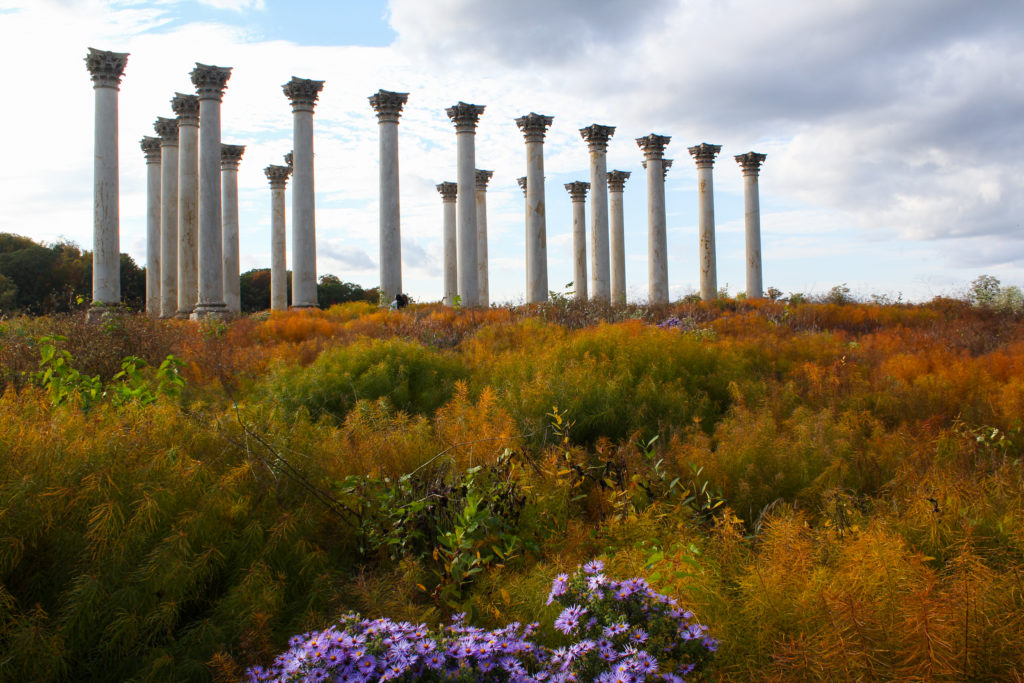
Capitol Columns
Originally part of the East Portico of the Capitol Building, these columns now create a captivating space overlooking a beautiful meadow.
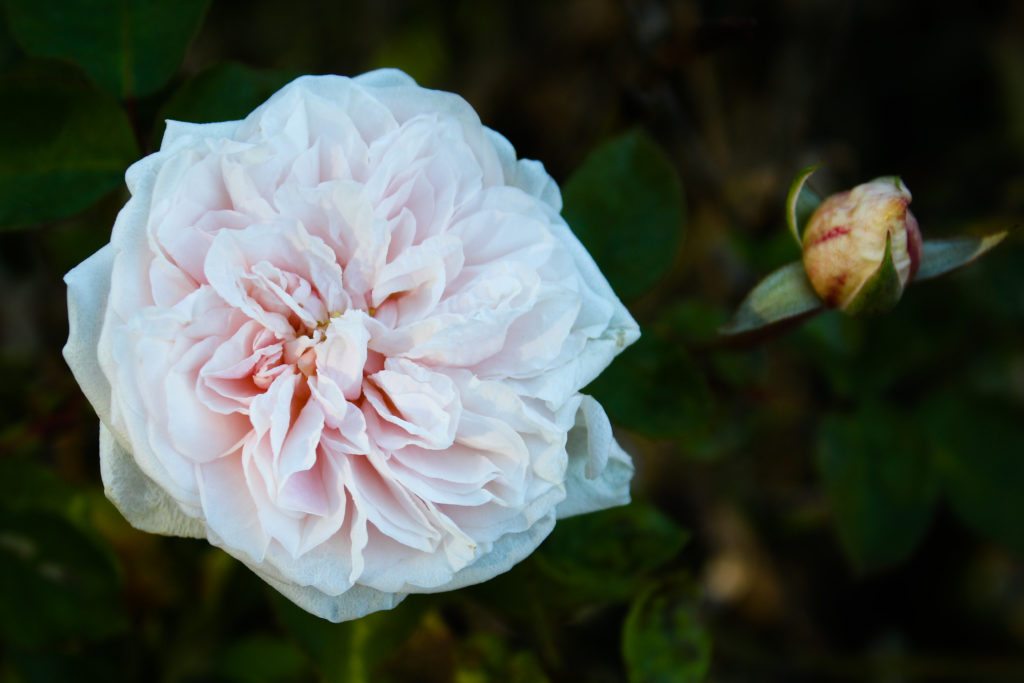
National Herb Garden
The largest designed herb garden in the United States includes a traditional knot garden, a rose garden, and 10 beds organized by themes.
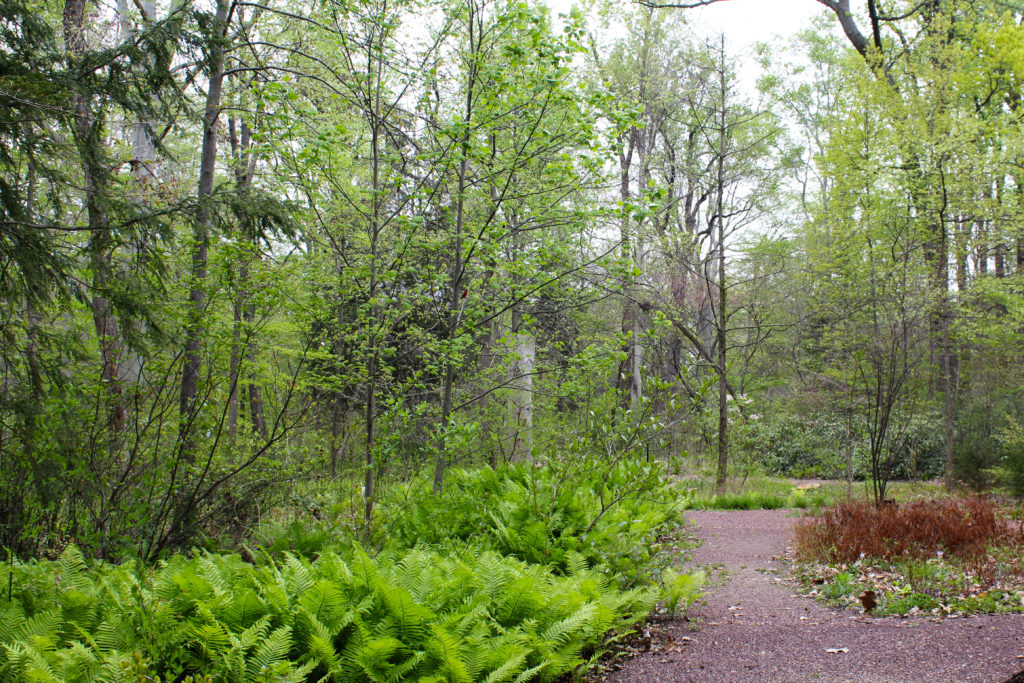
Fern Valley
Visitors can follow shaded paths through a woodland area filled with native plants from the eastern United States.
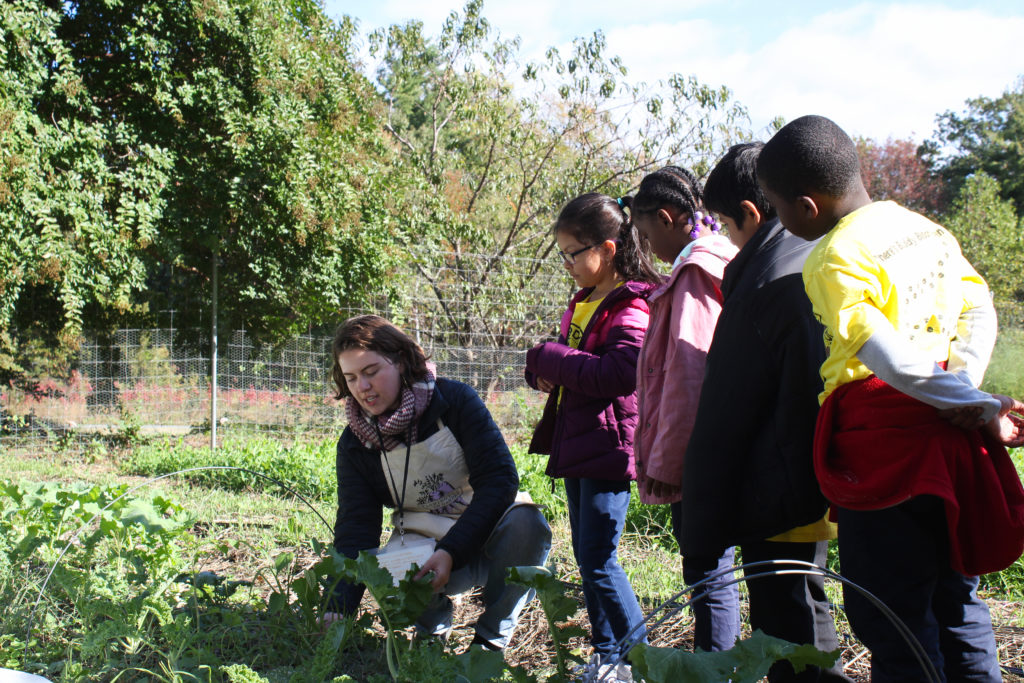
Washington Youth Garden
Our very own children and family-friendly garden grows a variety of food crops. Visit the WYG page for more information.
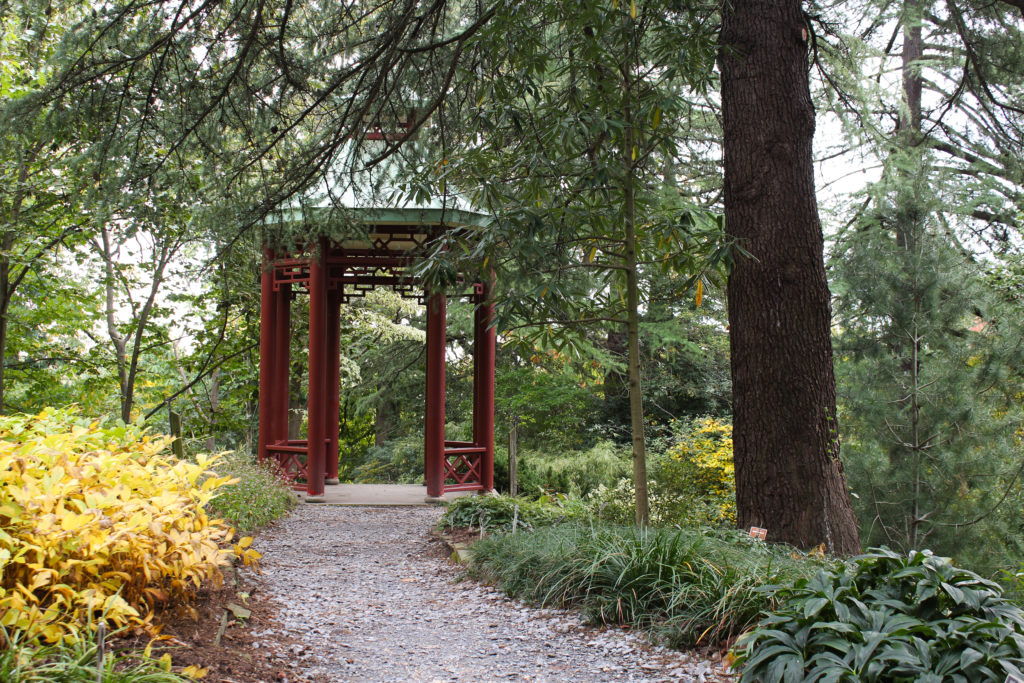
Asian Collections
These collections are home to a winter-blooming Camellia Collection and plants from China, Japan and Korea.
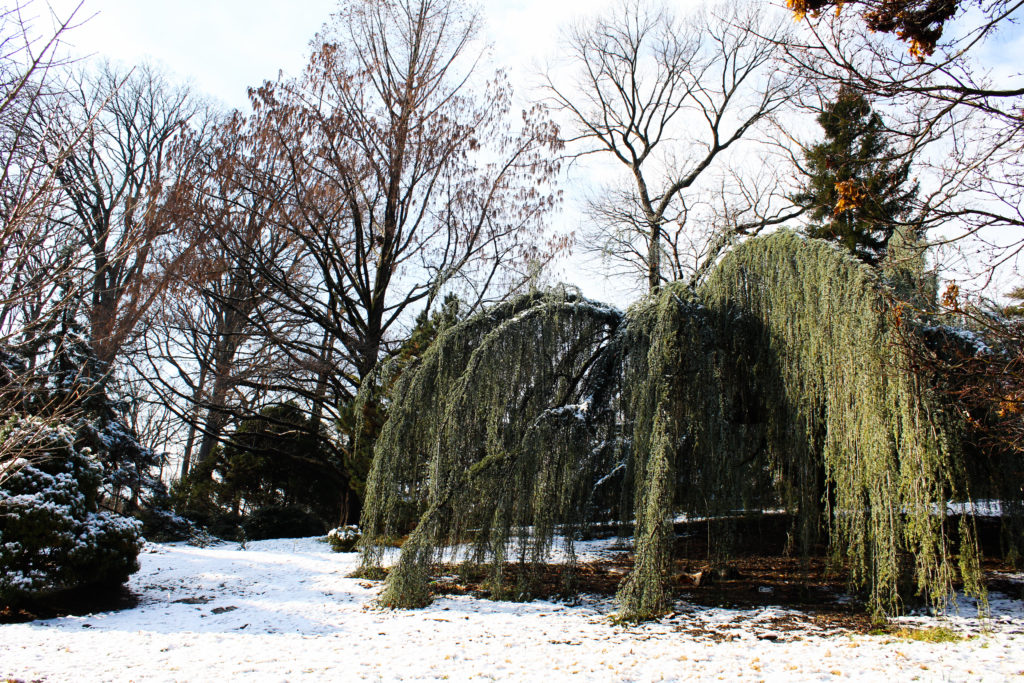
Gotelli Conifer Collection
A wide variety of dwarf and slow-growing conifers are interspersed with 31 of the Arboretum’s crapemyrtle cultivars.
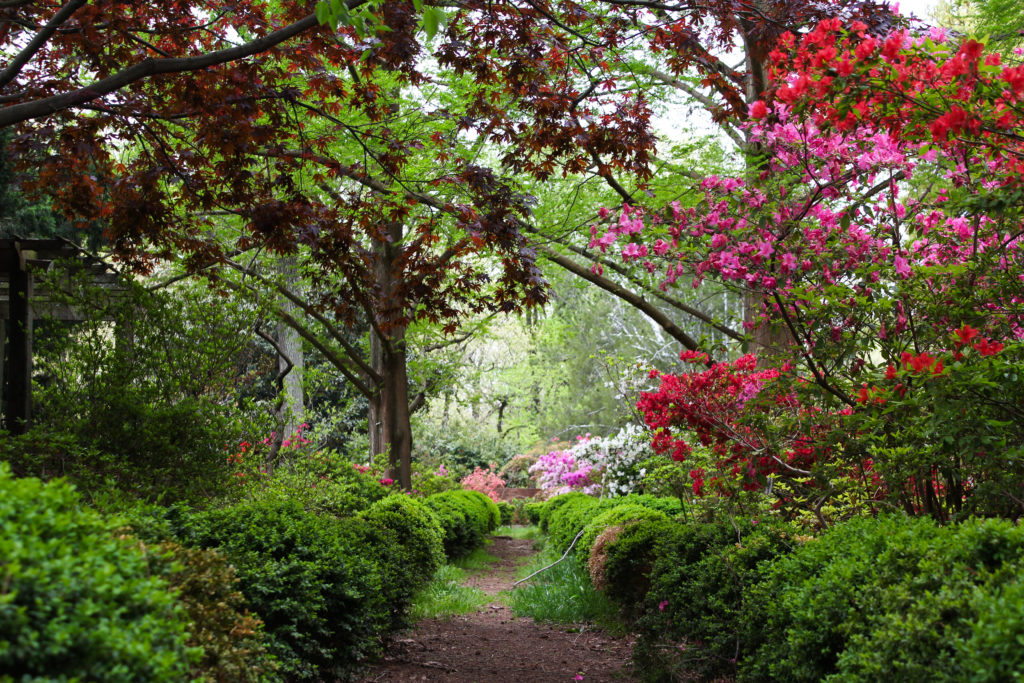
Azalea Collections
With thousands of azalea plants, these collections are the reason the grounds were first opened to the public.
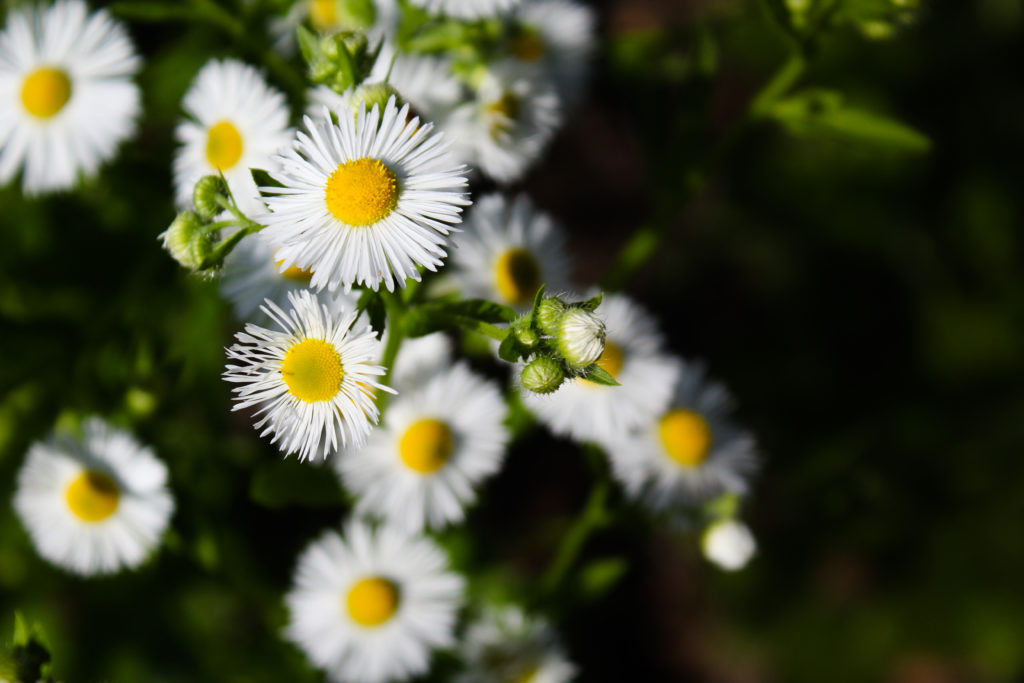
Friendship Garden
Surrounding Arbor House, where our office is located, this garden is low-maintenance and environmentally friendly.
LINKS
Explore the National Arboretum’s website
PLAN YOUR VISIT
Photography
Permit Required
Please note that the following may require a USNA photography permit: special occasion photography; individual and group portrait photography; commercial and promotional photography; and photography that includes subjects, props, models or anything more than the natural and cultural resources of the National Arboretum.
Address
R Street Entrance + GPS
2400 R St NE
Washington, DC 20002
The R Street entrance is open to both cars and pedestrians every day from 8 AM to 5 PM. Last admittance to the grounds is at 4:30 PM.
New York Avenue Entrance + Mailing
3501 New York Avenue NE
Washington, DC 20002
The New York Avenue entrance closes at 2 PM on weekdays and 4:30 PM on weekends. After 2 PM on weekdays, visitors must enter and exit the grounds via the R Street entrance.
Days & Hours
Grounds
Monday – Sunday: 8 AM – 5 PM (only closed on December 25th)
Last admittance to the National Arboretum grounds is at 4:30 PM each day. The R Street entrance is open to both cars and pedestrians from 8 AM to 5 PM. The New York Avenue entrance closes at 2 PM on weekdays and 4:30 PM on weekends.
Visitor Center
Monday – Sunday: 8 AM – 4:30 PM (closed on all federal holidays from November through February)
National Bonsai & Penjing Museum
Monday – Sunday: 10 AM – 4 PM (closed on all federal holidays from November through February)
FONA Office
Many of our staff work remotely but respond readily to calls and emails.
Accessibility
Use the Arboretum’s Gardens & Collections webpage for information about each collection’s accessibility. The information will be found in the webpage for each collection. You may want to start with the Capitol Columns and National Herb Garden pages.
Rules
Please follow these rules and guidelines during your visit:
Lost & Found
If you lost an item during your visit to the National Arboretum, please visit or call the front desk of the Visitor Center as soon as possible. The front desk can be reached by calling 202-245-4523. Items with an estimated value of $50+ are retained for 90 days, after which if they are not claimed, they are declared abandoned and donated to charity under 40 U.S. Code Section 1306(b). Items with an estimated value less than $50 are donated immediately.
Washington Youth Garden
Visit the Washington Youth Garden, a family-friendly space where we teach garden-based science to children and their families.
Parking
Admission and parking are free at the National Arboretum! Please park in the multiple marked lots available throughout the Arboretum — please refrain from parking on the side of the road and in the grass.
Public Transportation
Bus & Rail
While there are no rail lines that take you directly to the Arboretum, there are bus stops nearby to link you to the Arboretum. Use the Metro’s Trip Planner to find your best route.
Train
Visiting from out of town? The National Arboretum is located near Union Station, DC’s central hub for MARC and Amtrak trains. From there, take a ride share or bus to the Arboretum.
Bike
Bring your own bike or rent one! Capital Bikeshare has a bike hub outside the R Street Entrance for visitors to rent bikes from and cruise around the Arboretum.
Ride Share
Need a ride? Meet your rideshare driver at the R Street Entrance for easiest access into and out of the Arboretum.
Amenities
Restrooms & Water Fountains
Arbor House
Grove Parking Lot (open during warmer months)
Asia Valley Collections (open during warmer months)
Visitor Center (closes at 4 PM)
Vending Machines
Arbor House
Visitor Center (closes at 4 PM)
Picnicking
Grove of State Trees
AHS Garden Network
The U.S. National Arboretum is a member of the American Horticultural Society (AHS) Garden Network. Fellow network gardens’ members may receive special perks when visiting the National Arboretum. To learn more about what these perks are, please email Leandra Nichola, FONA’s Membership Manager, at lnichola@fona.org.
Google Maps
Click on “View larger map” to open in Google Maps.
MOBILE APPS
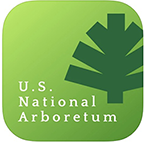
US National Arboretum
The National Arboretum’s official app includes a map of the grounds, information about the collections and plants, and self-guided tours.
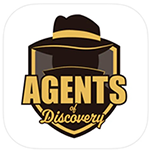
Agents of Discovery
Connect to nature and your community through augmented reality experiences in public spaces and use sensory skills to investigate the plants in the National Arboretum! Great for families.

iNaturalist
Identify plants, fungi, and wildlife with image recognition technology connected to databases by the National Geographic Society and the California Academy of Sciences.

Merlin Bird ID
Identify any bird you see with either a picture or answers to 5 simple questions. Learn everything about its diet, habitat, and songs.

